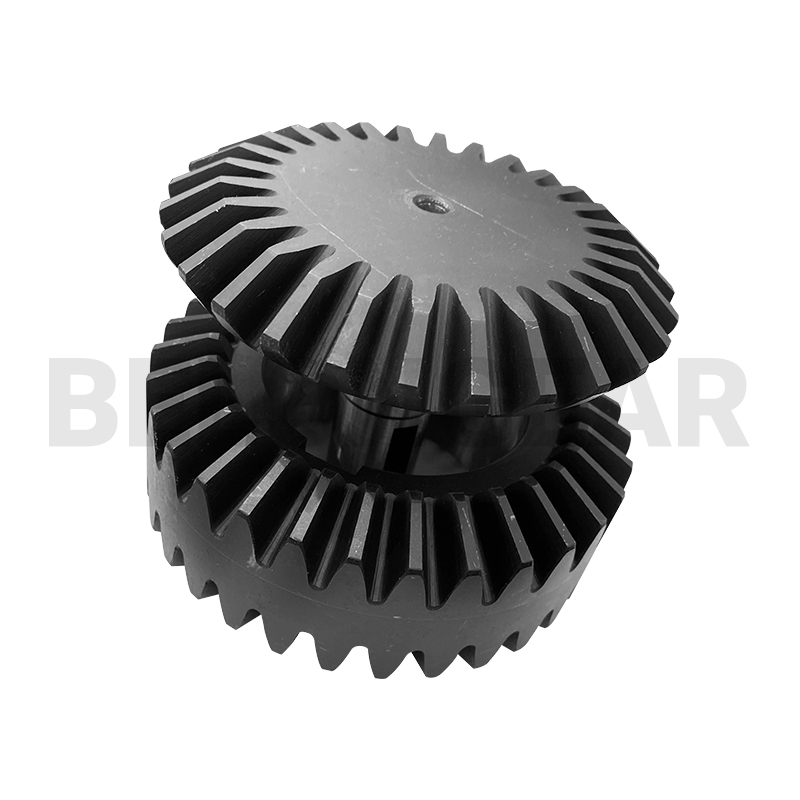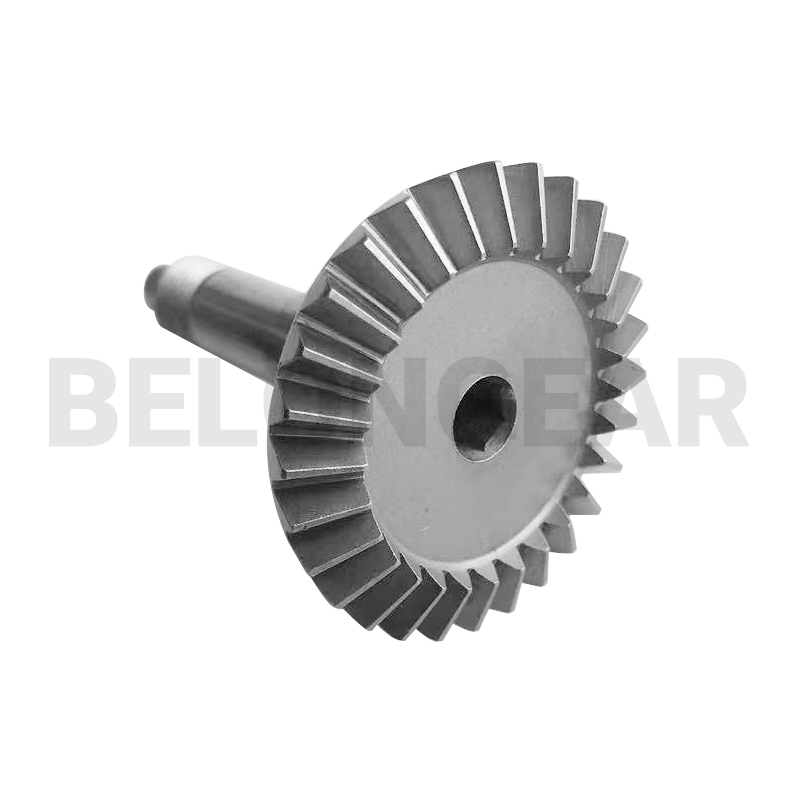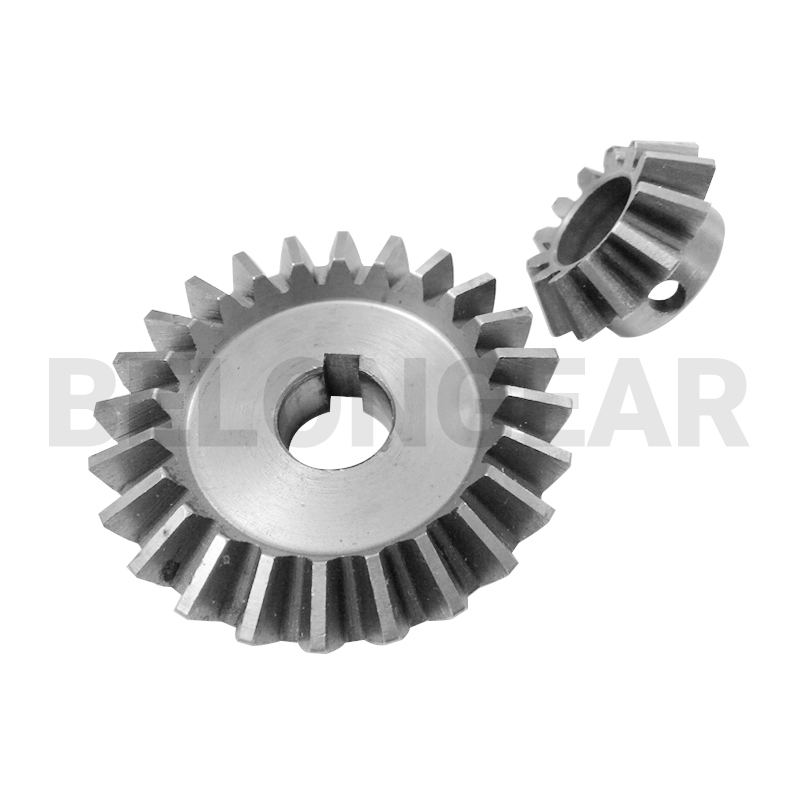Precision straight bevel gears application are widely used in many industries, including automotive, industrial, commercial, and material handling. Some applications of straight bevel gears include:Other applications of straight bevel gears include: Food canning and packaging equipment, Welding positioning equipment, Lawn and garden equipment, Compression systems for the oil and gas markets, and Fluid control valves
Understanding Straight Bevel Gears
Straight bevel gears are a specific type of bevel gear distinguished by their straight-cut teeth and conical shape. These gears are used to transmit motion and power between shafts that intersect at a 90 degree angle. The efficiency and precision of motion transmission make straight bevel gears suitable for a wide array of applications, ranging from automotive differentials to industrial machinery.

The Production Process
The production of straight bevel gears involves several interconnected stages, each contributing to the final quality and functionality of the gear. The primary steps in the production process are as follows:
1. straight bevel gears Design and Engineering:
The process begins with meticulous design and engineering. Computer-aided design (CAD) software is utilized to create accurate 3D models of the gear, specifying dimensions, tooth profiles, and other critical parameters. Engineering considerations include load distribution, tooth geometry, and material selection. Normally, this process is finished by our customers, and we help them customize the gears according to their design.

2. Gear Cutting:
Gear cutting is a fundamental step in producing straight bevel gears. Precision machinery, such as gear hobbing machines or gear shaping machines, is employed to cut the teeth into the gear blank. The cutting process requires careful synchronization of the tool's rotation with the gear's rotation to ensure accurate tooth profiles and spacing.
3. Heat Treatment:
To enhance the mechanical properties of the gear, heat treatment is employed. This involves heating the gear to a specific temperature and then rapidly cooling it. Heat treatment imparts desirable characteristics such as hardness, toughness, and resistance to wear, ensuring the gear's durability and longevity.
4. Finishing Operations:
After heat treatment, the gears undergo various finishing operations. These may include grinding, lapping, and honing to achieve precise tooth dimensions and a smooth surface finish. The goal is to minimize friction, improve meshing accuracy, and enhance overall gear performance.
5. Quality Control:
Throughout the production process, rigorous quality control measures are implemented. Advanced metrology equipment, such as coordinate measuring machines (CMMs), are used to verify dimensional accuracy and ensure compliance with design specifications. Inspection of tooth geometry, surface finish, and material properties is paramount.

6. Assembly and Testing:
In some cases, straight bevel gears are part of a larger assembly. The gears are carefully assembled into the system, and their performance is tested under simulated operating conditions. This step helps identify any issues and ensures that the gear functions as intended.
Challenges and Technologies
Producing straight bevel gears presents several challenges due to their intricate geometry and critical performance requirements. Achieving precise tooth profiles, maintaining proper alignment, and ensuring even load distribution are among the challenges that manufacturers face.
To overcome these challenges, advanced manufacturing technologies are employed:
1. Computer Numerical Control (CNC) Machining:
CNC machines allow for highly accurate and repeatable gear cutting, resulting in consistent tooth profiles and minimal deviations. CNC technology also enables complex geometries and customization to suit specific applications.
2. Simulation and Modeling:
Simulation software allows engineers to predict gear performance before physical production begins. This reduces the need for trial and error, resulting in faster development cycles and optimized gear designs.
3. High-Quality Materials:
Using high quality materials with appropriate mechanical properties ensures the gear's ability to withstand loads and maintain precision over time.
Post time: Aug-10-2023




